We discuss healthy workplaces and healthy homes. We have economic measures of health and wellbeing competing with the more conventional gross domestic product. We even have healthy cities in the government’s State of Australian Cities 2014-15, as in “transport infrastructure, services and systems … in many ways (being) the arteries and veins of a healthy modern city”. (This reference would have been more convincing if the report had discussed how to make cities more resilient to climate extremes and more attuned to emissions reduction.)
Ever hopeful, the Australian Sustainable Built Environment Council has urged the federal government to help “deliver policies that maximise (cities’) value and protect the ‘liveability’ we are world-famous for,” President Ken Maher pleads.
The Green Building Council of Australia has argued for a minister for cities, with Chief Operating Officer Robin Mellon noting the continuing dichotomy between increasing density in the inner cities alongside low density growth outwards, longer commute times and the split between where people live and where the jobs, schools and health facilities are. “It is only through best practice planning and delivery we can ensure that liveability, affordability, productivity, sustainability and health outcomes will be positive,” he says.
Encouragingly, hospitals and public spaces engendering the joy of gathering were prominent winners of awards and commendations from the Australian Institute of Architects’ state chapters.

Photography by John Gollings.
The Sulman medal went to BVN’s Westmead Millennium Institute (pictured above), BVN Principal, Julian Ashton, particularly pleased the institute take “laboratory design away from dark internally focused spaces into light-filled areas with significant exterior glazing allowing views outside and a great deal more daylight in the laboratory than in traditional laboratory design”.
Its location in Sydney’s western suburbs excited a lot of people, an effect heightened by the GPT Group’s Wollongong Central (pictured below) by HDR Rice Daubney winning the commercial architecture award, an urban design award, and a commendation for steel architecture and a lighting prize.
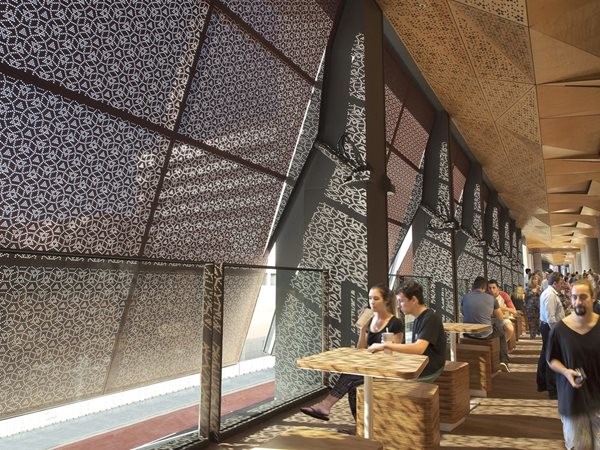
Photography by Simon Grimes.
Meanwhile, the Lloyd Rees Award went to the Wollongong City Centre and Crown Street Mall Renewal by NSW Architect’s Office, a commendation for educational architecture and the Milo Dunphy Award for sustainable architecture to the Cox Richardson Sustainable Buildings Research Centre at the University of Wollongong, and interior architecture’s John Verge Award to Bankstown Library and Knowledge Centre by Francis-Jones Morehen Thorp.
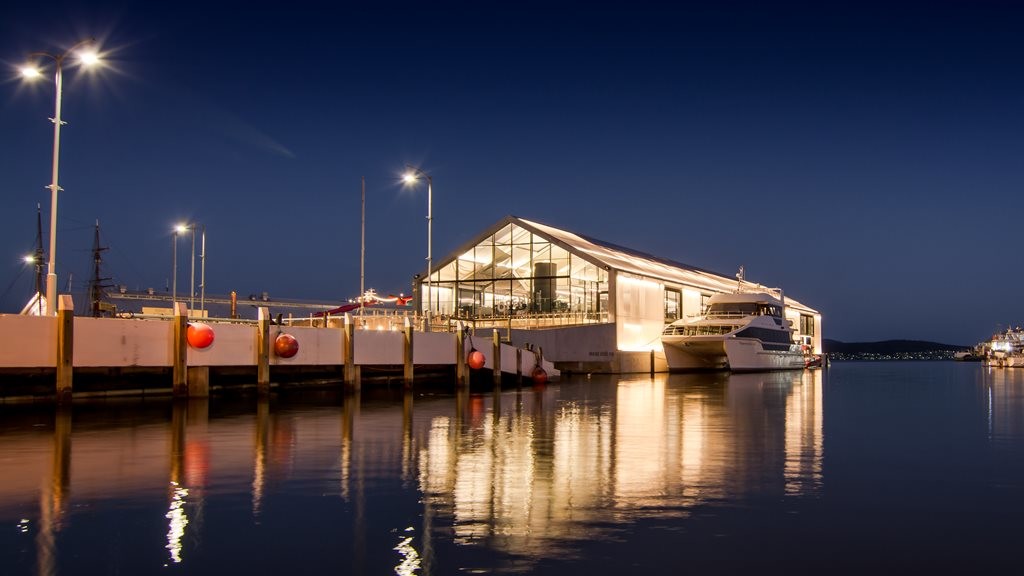
Photography by Matt Samsom.
In Tasmania, the Brooke Street Pier by Circa Morris-Nunn (pictured above) won a commercial architecture award, for “enlivening Hobart’s waterfront”. Morrison & Breytenbach Architects sustainable child and family centre won an award for creating a strong sense of place in a suburb of social disadvantage.
The jury in Victoria praised all the winning practices for “the vital role they play in our State’s wellbeing and development”. Adelaide’s public spaces dominated at South Australia’s awards, with the Jack McConnell Award for Public Architecture going to the Adelaide Oval Redevelopment by Cox Architecture, Walter Brooke and Hames Sharley (pictured below), which took it from “a picturesque sporting venue (to) a civic building”.
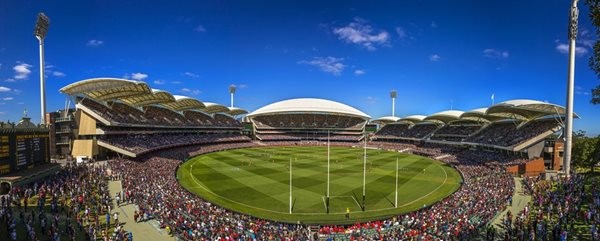 Photography by Drew Lenman.
Photography by Drew Lenman.
The Fiona Stanley Hospital (Hassell, Hames Sharley and Silver Thomas Hanley) won Western Australia’s George Temple Poole Award and further accolades for public architecture, sustainable architecture and urban design. The award for heritage went to the Cancer Wellness Centre by Bernard Seeber.
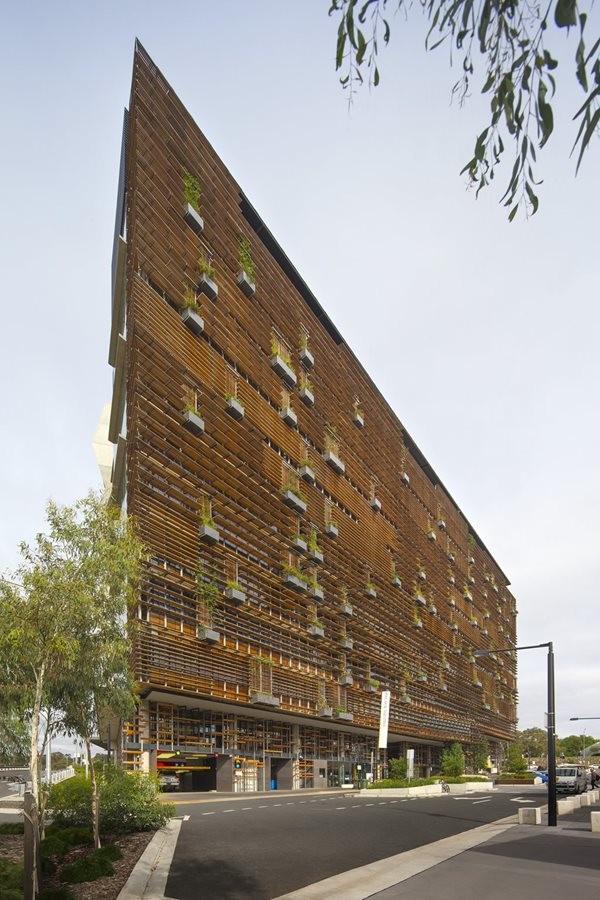 Photography by John Gollings.
Photography by John Gollings.
The New Acton Precinct by Fender Katsalidis Architects (pictured above) won the Canberra Medallion, as well as nods for heritage, interior architecture, sustainable architecture, urban design and art. “It is an excellent example of how architectural design can invigorate the heart of a city and make it pulse,” jury said.
In similar vein, the Alice Springs CBD Revitalisation by Susan Dugdale and Associates won the Northern Territory’s Tracy Memorial Medal, and urban design and steel architecture awards. It provides community, environmental, indigenous heritage, and cultural aspects and, said the jury, “the potential to increase public enjoyment, vibrancy and cultural engagement and most positively shape the future of Alice”.
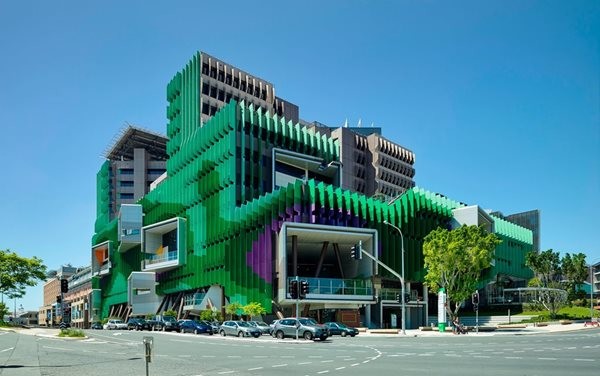
Photography by Christopher Frederick-Jones.
And Queensland’s Lady Cilento Children’s Hospital by Conrad Gargett Lyons, designed around the concept of a “living tree”, won the FDG Stanley Award for Public Architecture along with urban design and art and architecture prizes. “Its focus is to bring delight and diversion to the lives of sick children and the people who care for them,” the jury said.
Along with all the other upbeat projects, here’s to a brighter, happier architectural landscape.
RELATED AWARDS:
2015 Northern Territory Architecture Award Winners
2015 ACT Architecture Award Winners
2015 Queensland Architecture Award Winners
2015 Victorian Architecture Award Winners
2015 Tasmanian Architecture Award Winners
2015 NSW Architecture Award Winners
2015 SA Architecture Award Winners
2015 WA Architecture Award Winners
RELATED PROJECTS
Bankstown Library and Knowledge Centre
Lady Cilento Childrens Hospital
Brooke St Pier
Sustainable Buildings Research Centre
Deborah Singerman runs her own writing, editing, proofing and project managing consultancy specialising in the urban built environment and community. @deborahsingerma

